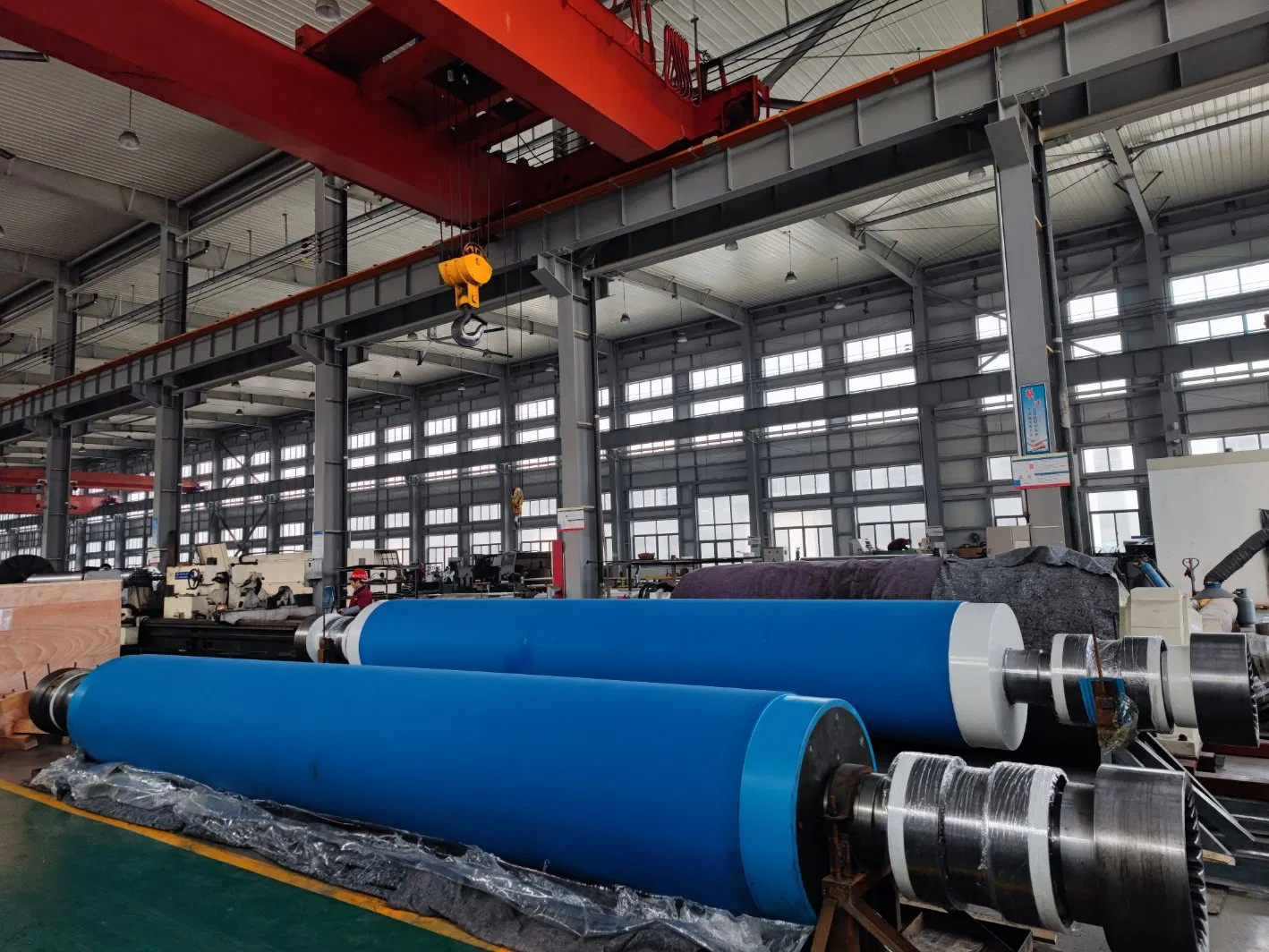
The environmental impact of paper mill roll manufacturing is a significant concern in today’s world. From deforestation and water pollution to greenhouse gas emissions, the process leaves a considerable footprint. Understanding these impacts is crucial for developing and implementing sustainable practices in the paper industry. So, let's unravel the complexities and explore the various environmental challenges posed by paper production.
Deforestation: A Major Consequence
Paper production relies heavily on trees as its primary raw material. This demand has led to widespread deforestation, especially in sensitive ecosystems. Clear-cutting vast tracts of forest destroys habitats, reduces biodiversity, and disrupts the delicate balance of nature. The loss of trees also diminishes carbon sequestration, exacerbating climate change. Are we willing to sacrifice our planet's lungs for the convenience of paper?
Water Consumption and Pollution: A Growing Concern
Paper mill roll manufacturing is a water-intensive process. Vast amounts of water are used for pulping, bleaching, and paper formation. This high demand strains water resources, particularly in water-scarce regions. Moreover, the wastewater discharged from mills often contains harmful chemicals and pollutants, contaminating rivers, lakes, and groundwater. How can we mitigate the water footprint of paper production and protect our precious water resources?
Air Emissions: Contributing to Climate Change
The paper manufacturing process releases various air pollutants, including greenhouse gases like carbon dioxide and methane. These emissions contribute to climate change and exacerbate air pollution, impacting human health and the environment. Furthermore, the burning of fossil fuels to power mills adds to the overall carbon footprint of paper roll manufacturing.
The Environmental Impact of Paper Mill Roll Manufacturing: Exploring Sustainable Solutions
Recognizing the substantial environmental impact of paper mill roll manufacturing has led to the development of more sustainable practices. These include using recycled fibers, implementing closed-loop water systems, and adopting cleaner energy sources. Such initiatives aim to minimize the negative impacts of paper production and promote a more environmentally responsible industry.
Sustainable Paper Production: A Path Forward
The transition to sustainable paper production requires a multi-faceted approach. Promoting responsible forestry practices, such as selective logging and reforestation, is crucial. Furthermore, investing in research and development for alternative fiber sources, like bamboo or hemp, can reduce reliance on traditional wood pulp.
Paper Roll Manufacturing Process: Optimizing for Efficiency and Sustainability
Optimizing the paper roll manufacturing process itself can also yield significant environmental benefits. Implementing energy-efficient technologies, reducing water consumption through closed-loop systems, and minimizing waste generation are crucial steps towards a more sustainable future for the paper industry.
Eco-Friendly Paper: Making Conscious Choices
Consumers also have a role to play in minimizing the environmental impact of paper mill roll manufacturing. Choosing eco-friendly paper options, such as recycled paper or paper certified by organizations like the Forest Stewardship Council (FSC), can drive demand for sustainable practices. Reducing paper consumption through digital alternatives and promoting responsible recycling habits are equally important.
Reducing Our Footprint: Practical Steps for a Sustainable Future
What can we do individually to reduce our reliance on paper and promote sustainable practices? Small changes in our daily habits, like printing double-sided, using reusable bags, and opting for electronic communication, can collectively make a significant difference. Supporting businesses committed to sustainable paper sourcing is another powerful way to contribute to a greener future.
The Environmental Impact of Paper Mill Roll Manufacturing: A Call to Action
The environmental impact of paper mill roll manufacturing is undeniable. However, by embracing sustainable practices, promoting responsible consumption, and fostering innovation, we can create a more environmentally sound future for the paper industry. Let's work together to minimize the footprint of paper production and protect our planet for generations to come. Start by making informed choices about the paper you use and supporting companies dedicated to sustainable practices.



